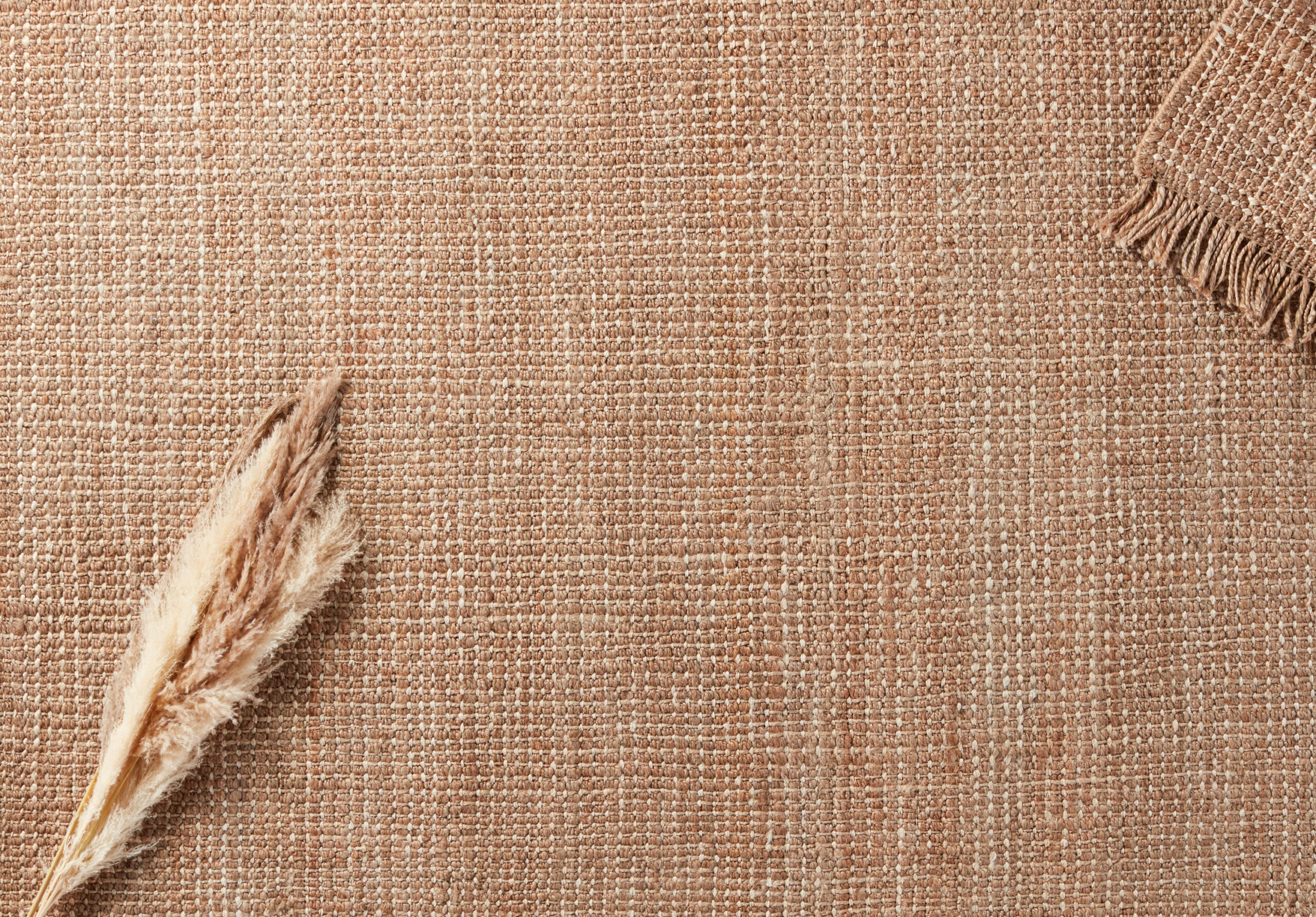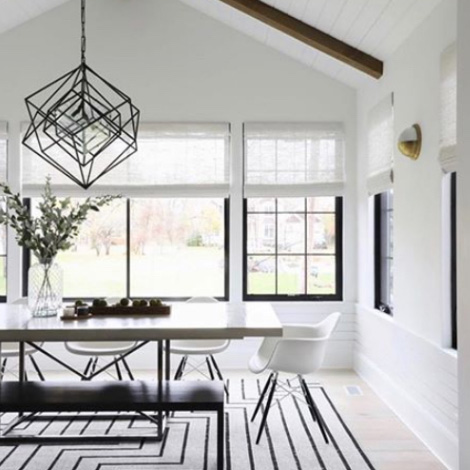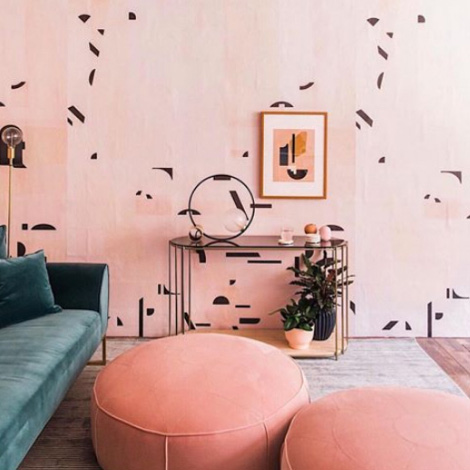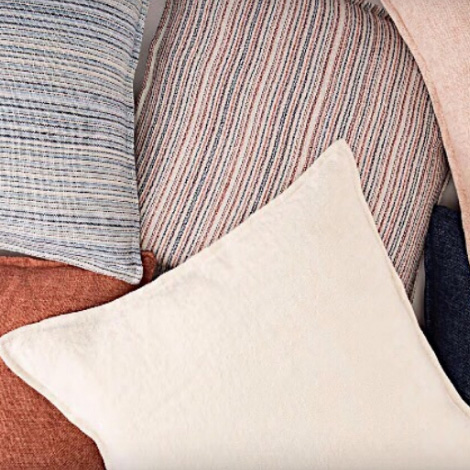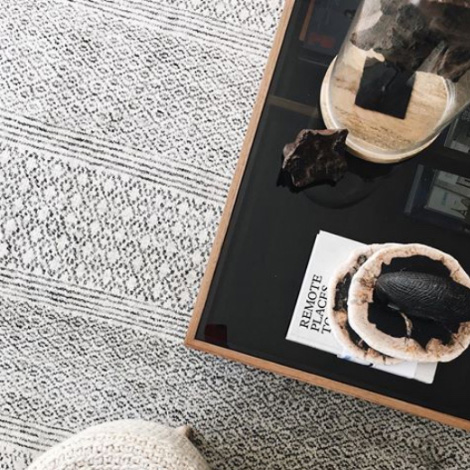Where to Start?
Sustainable design isn’t an all-or-nothing approach. In fact, simply beginning the conversation about sustainable choices can make a big difference, says Susan Inglis, executive director of the Sustainable Furnishings Council. In short: it’s better to incorporate small steps toward sustainability rather than do nothing at all. Here’s what interior designers can keep in mind:
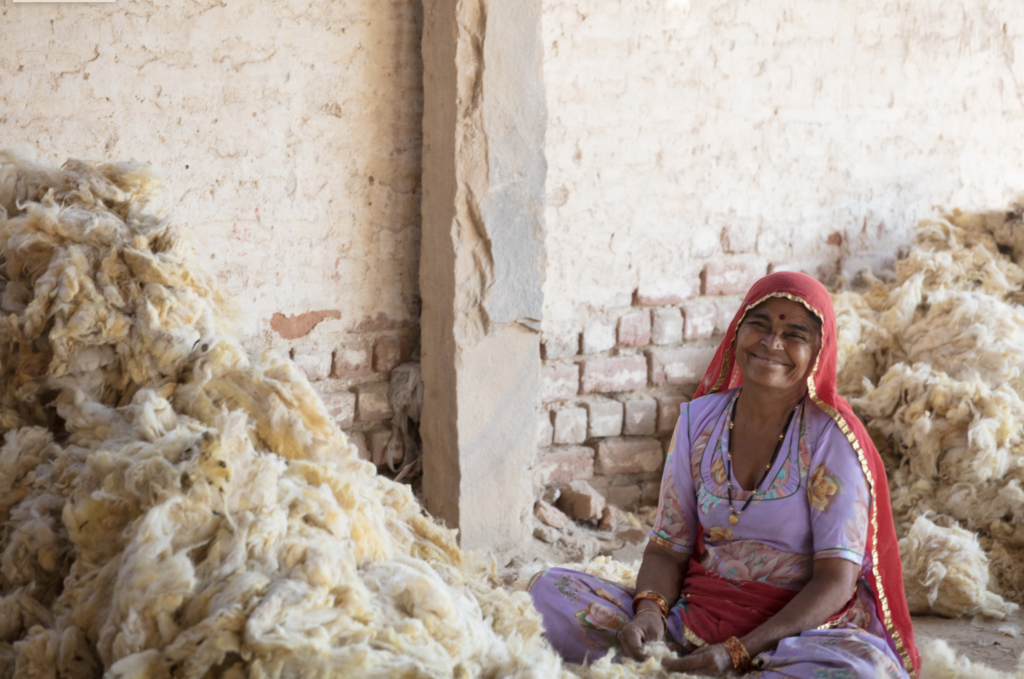
Jaipur Living is a proud member of the Sustainable Furnishings Council.
Vet Your Vendors
“Consider prioritizing purchases from SFC member companies because each of them have made their own public and verifiable commitment to sustainability,” says Inglis. “Each has a landing page at sustainablefurnishings.org where you can see a snapshot of the company’s commitment.” At SFC, you’ll be able to browse companies—including Jaipur Living—that are committed to sustainable design practices, or search for specific products, such as rugs, sofas, and throws.
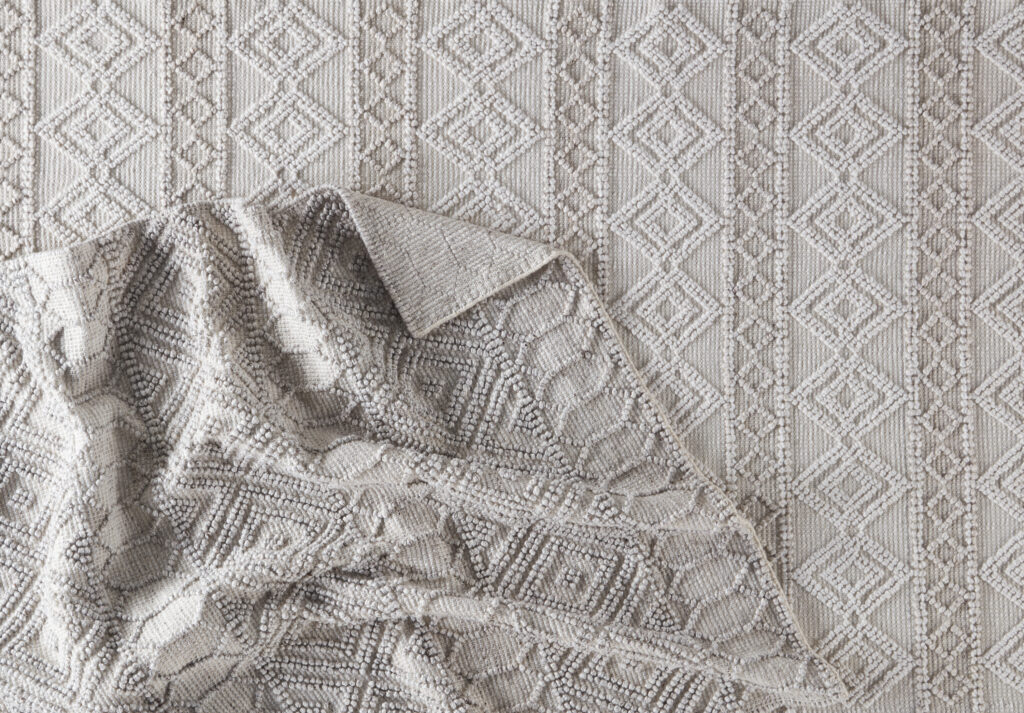
Materials such as PET—made from recycled plastic and used in the indoor-outdoor rugs above—and wool—a natural, sustainable, and durable textile—are great to look for when moving into a more sustainable business model.
Focus on Materials
“80% of the environmental impact of a product is in what it’s made of,” says Inglis. SFC’s Quick Buying Guide outlines some basic questions to reflect on when getting started. As a general rule, pieces made from recycled and reclaimed materials—like PET indoor-outdoor rugs, which are crafted from recycled water bottles—are good to keep in mind. Natural materials—for rugs think jute, sisal, cotton, or wool—are another a sustainable option. When browsing vendors’ websites directly, look for the ability to filter by these requirements. Companies like Jaipur Living offer custom filters for material, construction, in-stock availability, and more.
See also: Undyed Wool: Inside Eco Friendly Design’s Hero Material

Making sustainable choices also means looking at the social equity of a company—in its internal practices, supply chains, and community outreach.
Social Equity
Another pillar of sustainability is social equity. When vetting potential vendors, consider the social equity of their supply chains and their community outreach. “Empowered communities take care of their environments; victimized communities are less able to do so,” says Inglis. Social equity covers a range of issues, from DEI (diversity, equity, inclusion) and community development or engagement to fair wages and safe labor practices. Jaipur Living is proud to partner with the Jaipur Rugs Foundation to empower our artisans and the communities they live in through grassroots programs like Bunkar Sakhi, as well as educational opportunities and access to health care.
See also: Building Equality

The Embark Collection is made from 100% recycled Sari silk.
Consumers Care
At the end of the day, sustainability is a crucial factor for consumers. “90% of furniture consumers would choose eco-friendly—so long as they like the style and price, of course,” says Inglis. “So committing to best practices for sustainability is actually a great way to grow your business.” Stunning products that are sustainably and ethically made? Now that’s true beauty.
Next story

